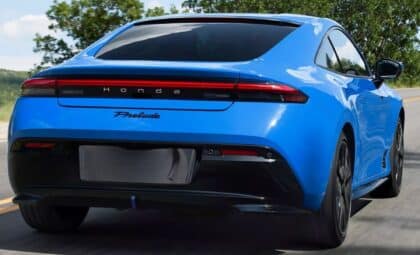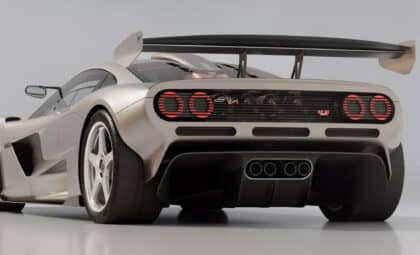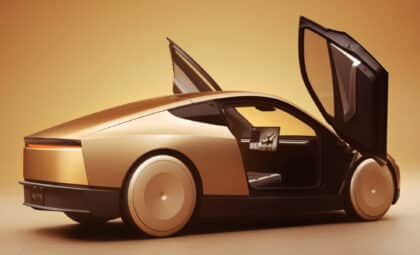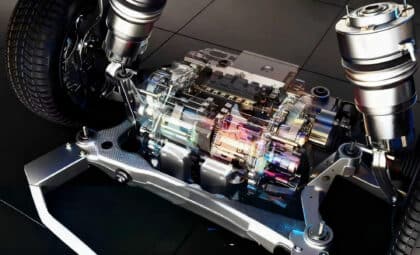For used Tesla buyers, the prospect of a used Model 3 is especially appealing. With its solid range, impressive tech, and relatively affordable price, it’s one of the best secondhand EVs on the market.
However, one question often lingers: Can the battery still perform well after hundreds of thousands of miles? The short answer is yes—but there’s more to it than that. Understanding the type of battery in a used Tesla is key to ensuring you get the most out of your purchase.
The Battery That Keeps On Giving
According to data from Voltest, a battery health company, the key to a long-lasting Tesla battery lies in the chemistry of the cells. Specifically, the lithium iron phosphate (LFP) battery, found in some Tesla Model 3 vehicles, stands out for its longevity and resilience. LFP batteries, introduced in late 2021, offer a significant advantage over other battery chemistries due to their ability to be fully charged to 100% without damage.
This makes them particularly appealing for secondhand buyers who want to ensure the battery retains as much of its capacity as possible. In fact, Voltest’s data shows that LFP-equipped Teslas typically maintain much better battery health compared to their nickel-cobalt-aluminum (NCA) counterparts. While NCA models often see degradation in the range of 71% to 83% after 100,000 miles, LFP models can maintain 87% to 93% of their original capacity, even after similar mileage, reports InsideEVs.
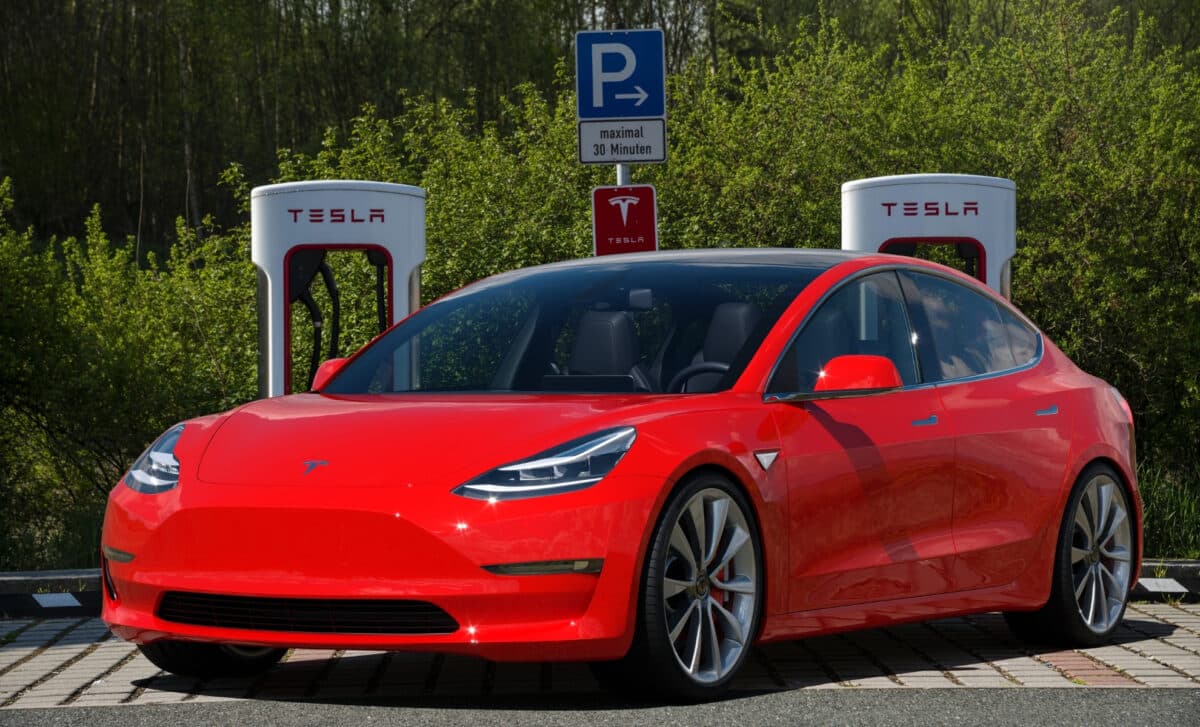
Why Battery Chemistry Matters
As reported by Supercar Blondie, Battery chemistry plays a crucial role in a Tesla’s longevity, especially as the vehicle racks up miles. LFP batteries degrade slower than NCA cells, offering better long-term performance. This is not just a matter of better efficiency but also of fewer headaches for the owner.
Tesla’s recommendation for LFP cars to be charged up to 100% contrasts with the advice for NCA-powered vehicles, which should generally not exceed 80% charge to prevent quicker degradation. Additionally, the LFP packs tend to perform better under extreme temperatures and are more resilient to heat, another factor that impacts battery longevity (Supercar Blondie).
Finding the Right Tesla for You
As Tesla transitioned to using LFP batteries in the Model 3 Standard Range from late 2021 to late 2024, it’s important for buyers to verify which battery type their prospective car contains. Identifying whether a used Tesla has an LFP pack isn’t always straightforward, as Tesla doesn’t advertise this detail on listings.
However, some simple checks can confirm it: in the car’s settings, under “Additional Vehicle Information,” you’ll find details about the battery chemistry, and if it’s an LFP, the car’s charging menu will also suggest charging to 100% (InsideEVs).
It’s worth noting, though, that Teslas with LFP batteries may have a shorter range compared to those with NCA packs. So, while LFP might win in terms of durability, NCA could offer better performance in other areas, such as quicker charging times and higher energy density.
A Smarter Investment
Ultimately, choosing a used Tesla with an LFP battery could be a smarter investment for those prioritizing battery longevity over other performance metrics. Data from Voltest supports the idea that LFP batteries age slower and provide more consistent range even after significant mileage.
In contrast, NCA batteries may degrade faster, especially in areas with frequent charging cycles. So, if you’re looking for a used Tesla Model 3, knowing which battery type you’re buying could make a big difference in how long that car serves you—and at what cost.


